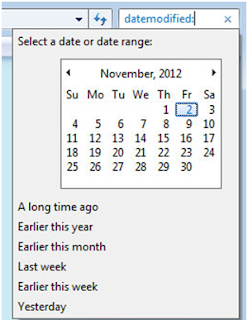
Note If the Windows.old folder is two times as large as the free space that is available for the Local Disk (C:) entry, you may be unable to restore the previous Windows installation. Once you’re done, you should make absolutely certain to delete this entire key, or else it’s going to add a lot of extra bloat to your registry that you really don’t need. Determine whether the Windows.old folder is smaller than the free space that is available for Local Disk (C:) in step 1.2. It’s a bit of a pain, but might be helpful if you need to. Finally, recover the overwritten file by selecting 'Save As' and completing the process. Next, choose the file in question and click to 'Open' it. Select the option 'Recover Unsaved Workbooks'. Decide to 'Manage Workbook' after choosing the 'Info' tab located on the left end. If you are trying to use this method to restore large chunks of the registry, you can export a key, modify the exported file to have the correct key path instead of Test, and then import it again. Start by opening your Excel and selecting 'File'. Underneath What to Search click the option that’s called Always search file names and contents. In the Folder Options dialog box, click on the search tab.

You’ll have to manually make the changes if you’re doing just a few keys. Advanced Search Windows 7 Open the Windows 7 start menu and type in folder options and click on the first entry that shows up. So, for instance, if one of the settings or license keys for an application was lost, we can find it by browsing through the keys for that application. You’ll be prompted to give the new hive a name-for this example I just used test.Īnd just like that, you can see the new key with the contents from last week’s backup copy.


 0 kommentar(er)
0 kommentar(er)
